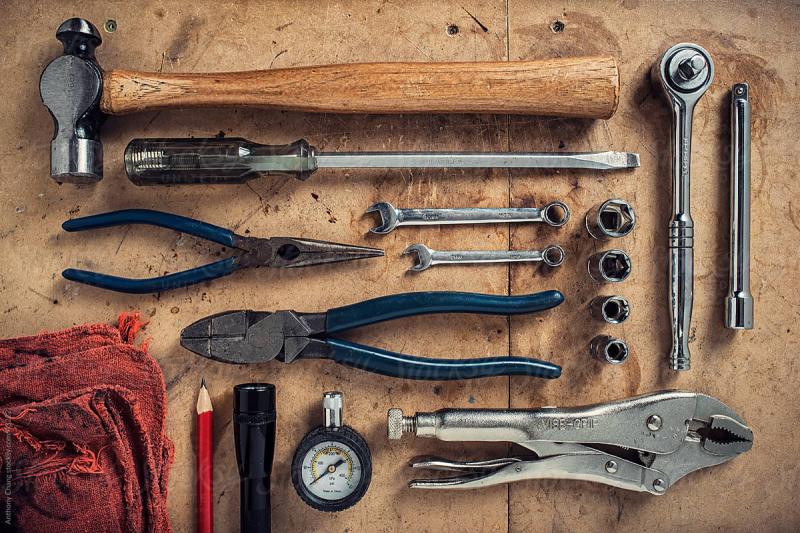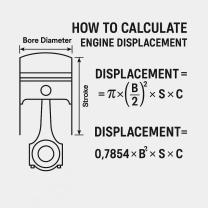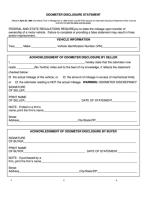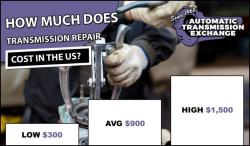What tools do automotive mechanics use?
Automotive mechanics use a wide range of tools to perform various tasks related to vehicle maintenance, repair, and diagnostics. Some essential tools commonly found in an automotive mechanic's toolkit include:
- Socket Set: A set of sockets and ratchets in various sizes to fit different nuts and bolts.
- Wrenches: Combination wrenches, adjustable wrenches, and specialty wrenches for different purposes.
- Screwdrivers: Flathead and Phillips screwdrivers in different sizes.
- Pliers: Regular pliers, needle-nose pliers, and locking pliers for gripping, bending, and cutting.
- Torque Wrench: Used to tighten bolts to specific torque settings.
- Pry Bars: Used for prying and removing parts.
- Hammer: A basic hammer for tapping parts into place or loosening stubborn components.
- Jack and Jack Stands: Essential for lifting vehicles to access undercarriage components safely.
- Multimeter: Used for electrical diagnostics and testing circuits.
- Diagnostic Scan Tool: Helps diagnose engine codes and troubleshoot vehicle systems.
- Oil Filter Wrench: Used to remove and install oil filters.
- Brake Bleeder Kit: Essential for bleeding brake lines during brake system maintenance.
- Spark Plug Socket and Gap Tool: Used for removing and installing spark plugs and setting the gap.
- Feeler Gauge: Used for measuring small gaps, such as spark plug gaps or valve clearances.
- Oil Drain Pan: For catching and disposing of old oil during oil changes.
- Funnel: Helps in pouring fluids into the engine or other components without spills.
- Wire Brushes: Used for cleaning corrosion and dirt from parts.
- Shop Towels and Gloves: For keeping hands clean and wiping surfaces.
- Safety Glasses and Hearing Protection: Important for protecting against hazards in a noisy and potentially dangerous environment.
These are just some of the essential tools used by automotive mechanics. The specific tools needed may vary depending on the type of work being performed and the preferences of the mechanic or shop.
Sure, here are some of the common tools used by automotive mechanics:
Basic hand tools:
- Wrenches: Used to turn nuts and bolts of various sizes and shapes.
- Ratchets and sockets: A combination tool that allows for faster tightening and loosening of nuts and bolts.
- Screwdrivers: Used to turn screws of various sizes and types.
- Pliers: Used for gripping, twisting, and cutting wires and other objects.
- Hammers: Used for hitting objects to loosen them, drive them in, or shape metal.
- Pry bars: Used for prying objects apart or levering them into position.
Diagnostic tools:
- Multimeter: Used to measure voltage, current, and resistance in electrical circuits.
- Scan tool: A computerized tool that can read diagnostic trouble codes from a vehicle's computer system.
- Compression gauge: Used to measure the compression in an engine's cylinders.
- Vacuum gauge: Used to measure the vacuum in an engine's intake manifold.
Specialty tools:
- Impact wrench: A powerful tool that uses compressed air to loosen tight nuts and bolts.
- Spring compressor: Used to compress valve springs in order to remove or replace valves.
- Oil filter wrench: Used to remove and install oil filters.
- Brake caliper piston tool: Used to compress brake caliper pistons in order to replace brake pads.
Modern vs. Traditional tools:
Modern automotive tools are often more specialized, computerized, and efficient than traditional tools. For example, a scan tool can diagnose a problem much faster than a mechanic using a multimeter and a test light. However, traditional tools are still essential for many tasks, and a good mechanic will be familiar with both.
Specialized tools:
There are many specialized tools available for specific automotive repairs and maintenance tasks. For example, a mechanic might use a different type of wrench to remove a spark plug than they would use to remove a lug nut. The specific tools required for a particular job will depend on the make and model of the vehicle, as well as the specific repair or maintenance task being performed.













